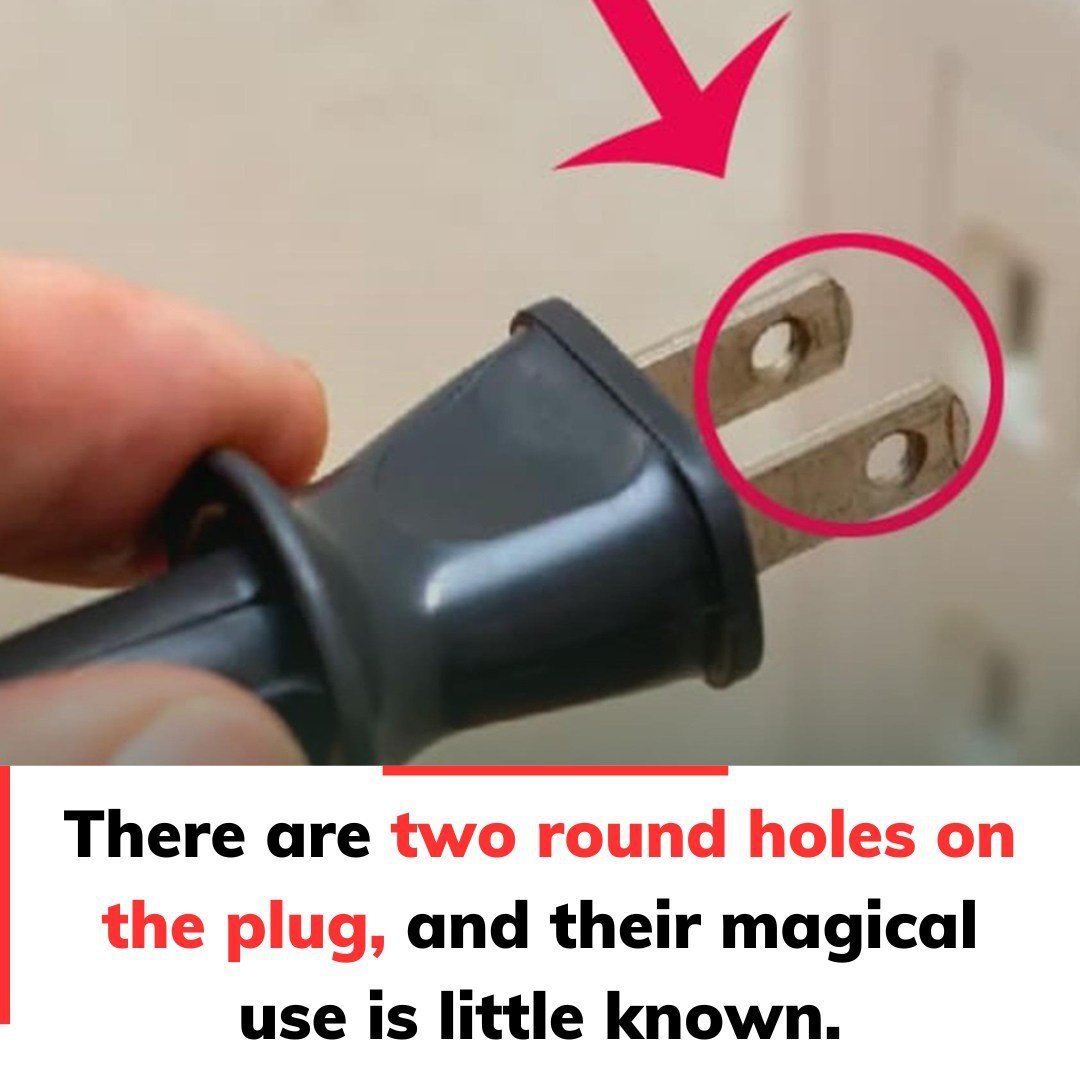ADVERTISEMENT
to grip the metal prongs while the plastic casing is formed around them.
For Complete Cooking STEPS Please Head On Over To Next Page Or Open button (>) and don’t forget to SHARE with your Facebook friends
Small detail, big impact in mass manufacturing!
⚠️ 3. They’re Useful for Safety Locks and Tamper-Proof Devices
Certain child-proof outlet covers or safety locks use the holes to latch onto the plug and prevent it from being easily removed or inserted by small children. This is an added layer of protection in homes with curious little ones.
🧪 4. They Can Help with Testing Electrical Circuits
Electricians sometimes use special testing tools that fit into these holes to measure voltage or check for live current without fully inserting the plug into an outlet. While not common in household use, it’s another clever function of the design.
✨ Fun Fact: They’re Not Legally Required, But They’ve Stuck Around
Surprisingly, these holes are not mandated by law, but they have become a standard feature because they offer both functional and safety benefits. Nearly all major plug manufacturers include them because they’re useful in more ways than one.
Final Thoughts: The Tiny Details That Make a Big Difference
Those two little holes might seem like a minor feature, but they’re a brilliant example of smart design in everyday life. From keeping your plugs securely connected to aiding in manufacturing and safety, they prove that even the smallest details serve a purpose.
So the next time you plug in your phone charger, toaster, or lamp—take a second to appreciate those tiny holes. Now you know their “magical” secret… and you’ll never see a plug the same way again! 🔌😉
Want more surprising home or tech hacks like this? Just ask—I love digging into the everyday mysteries we all take for granted!
